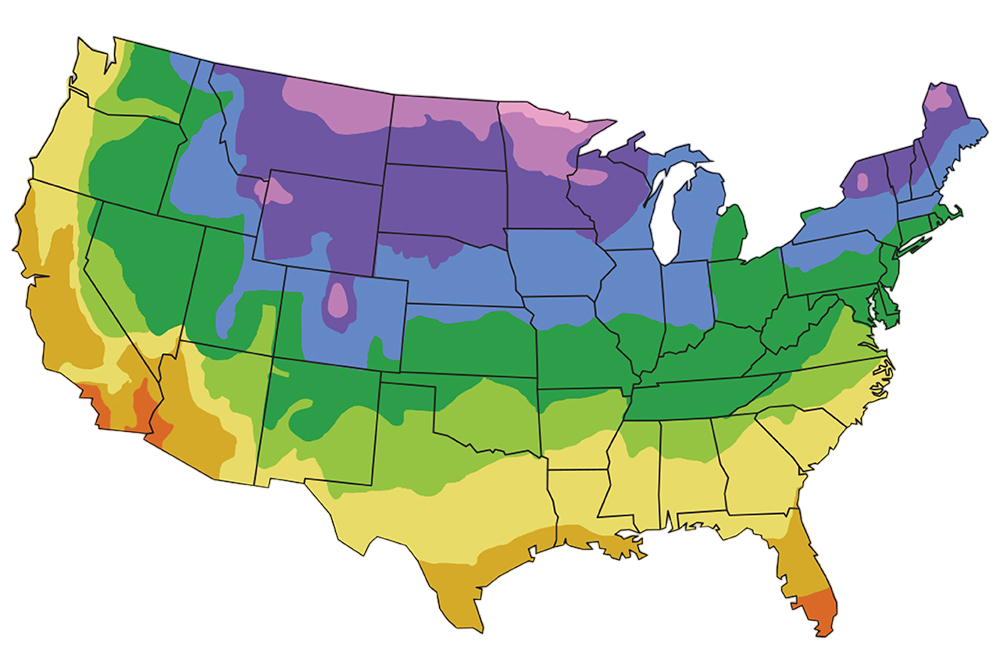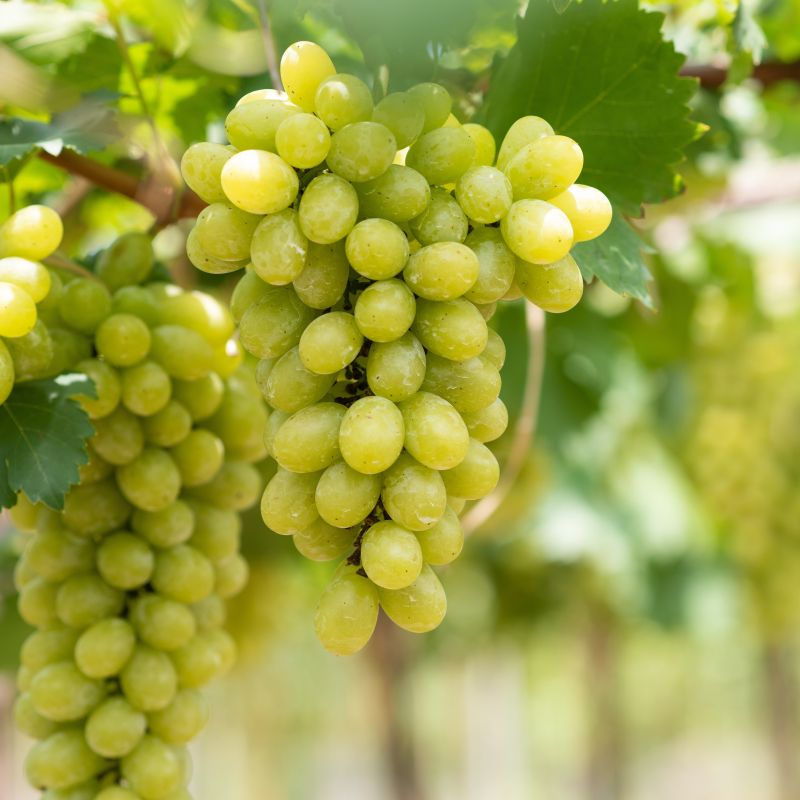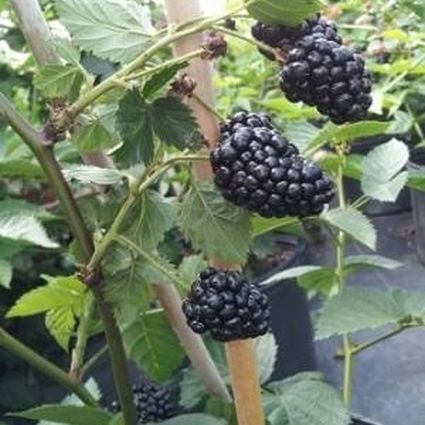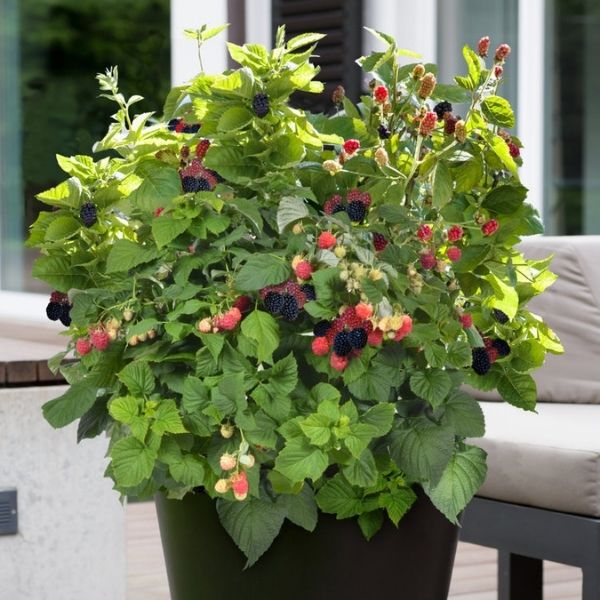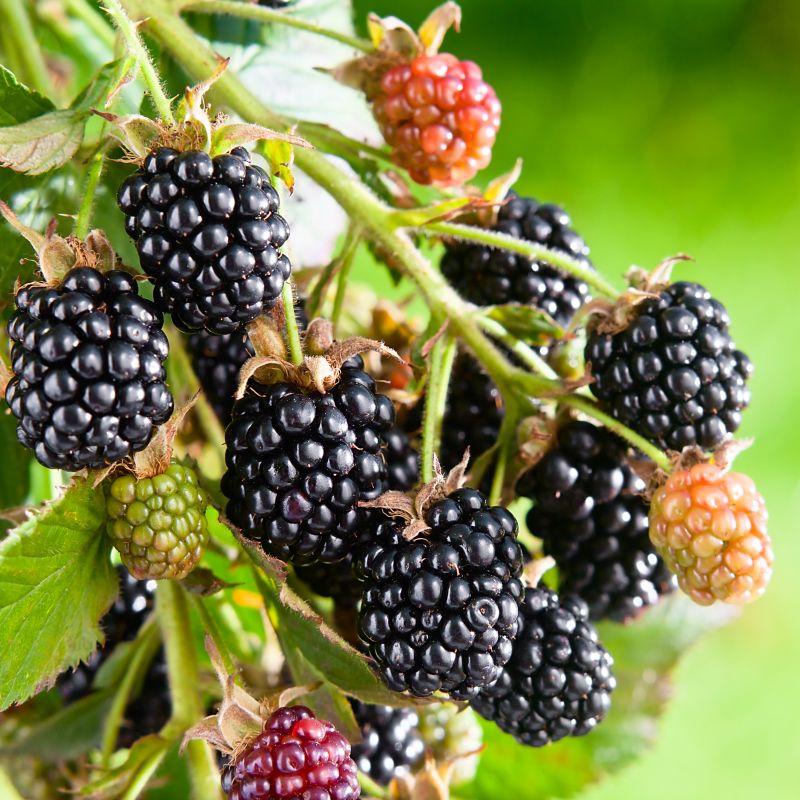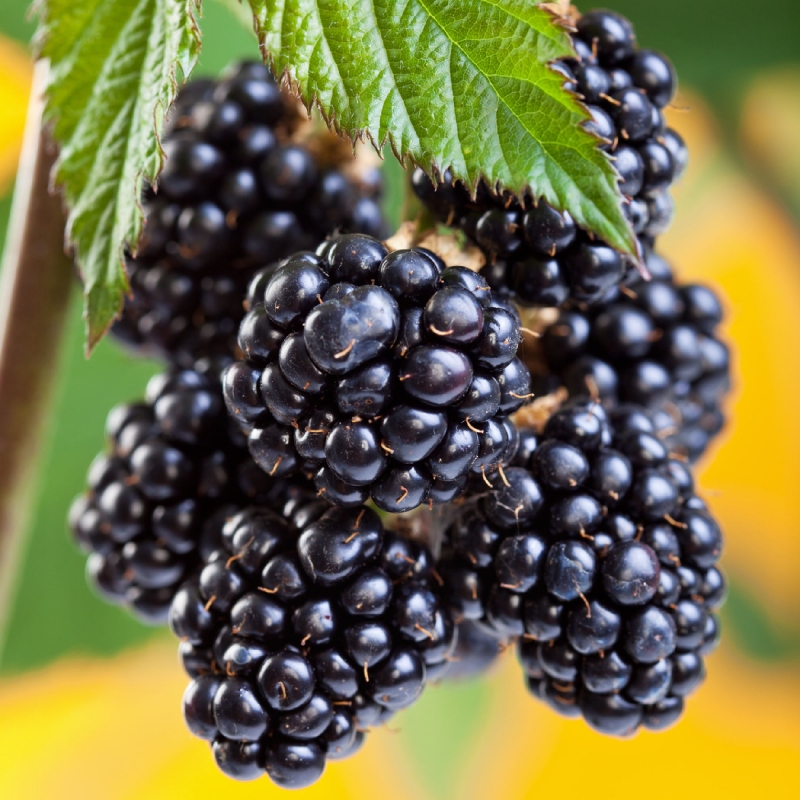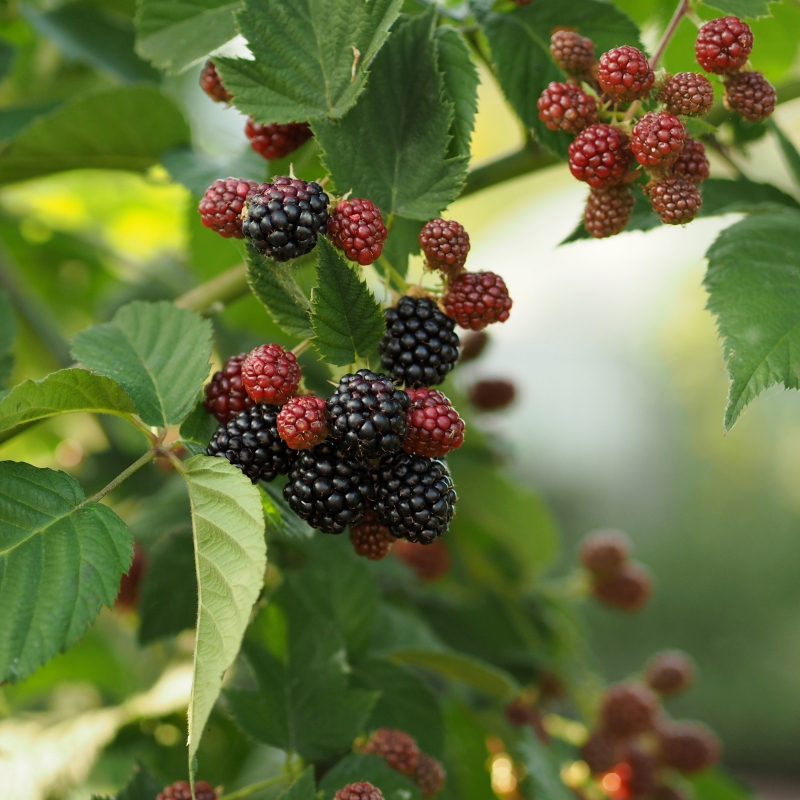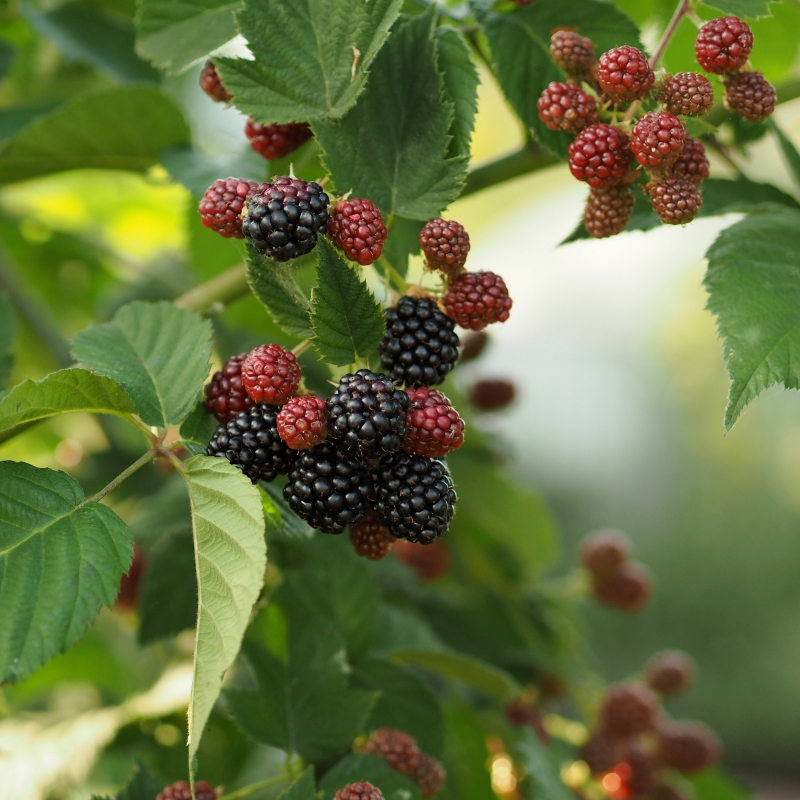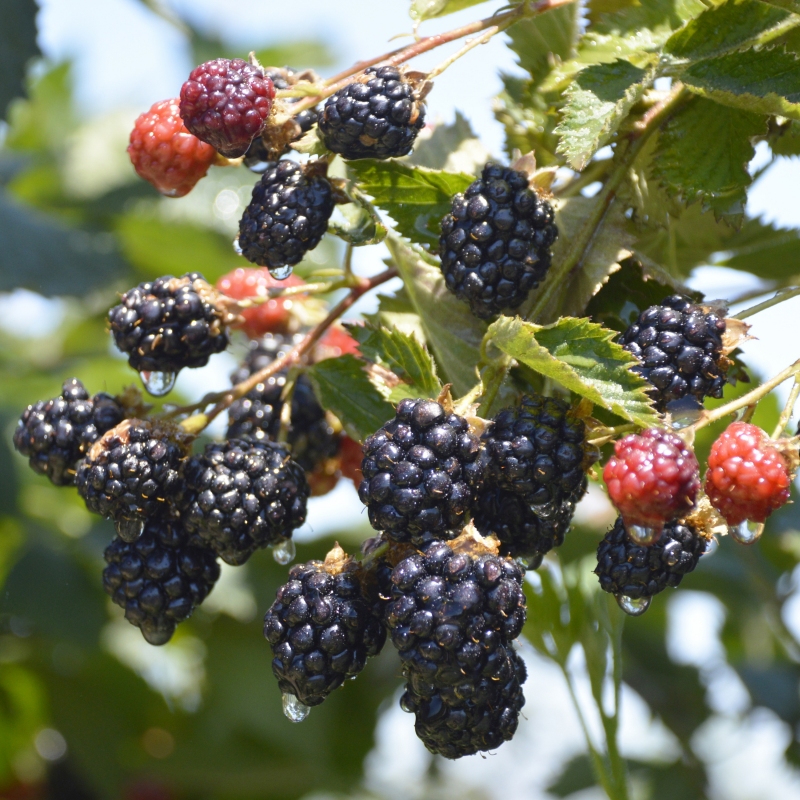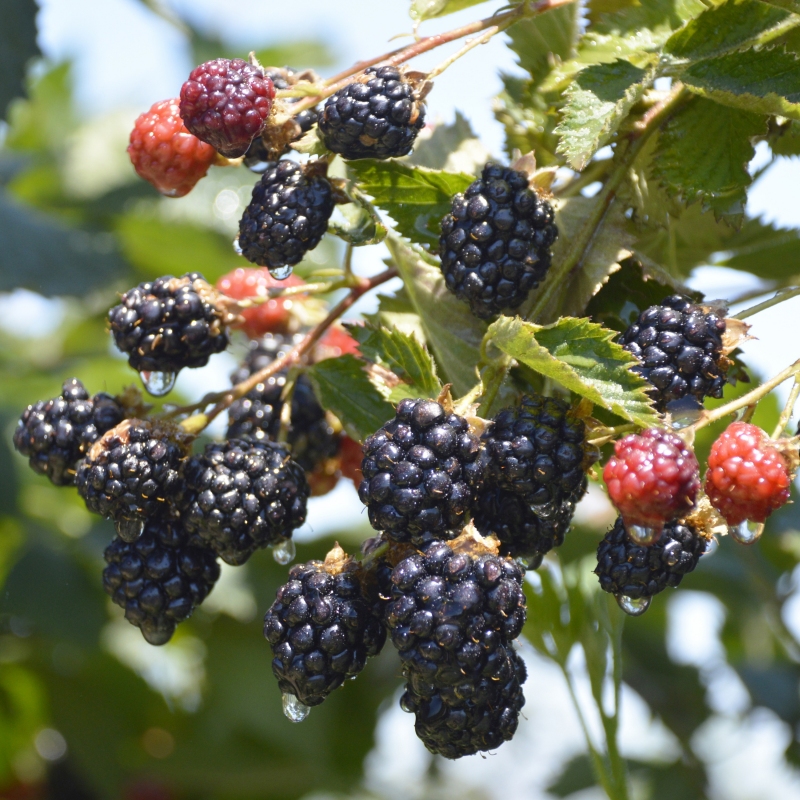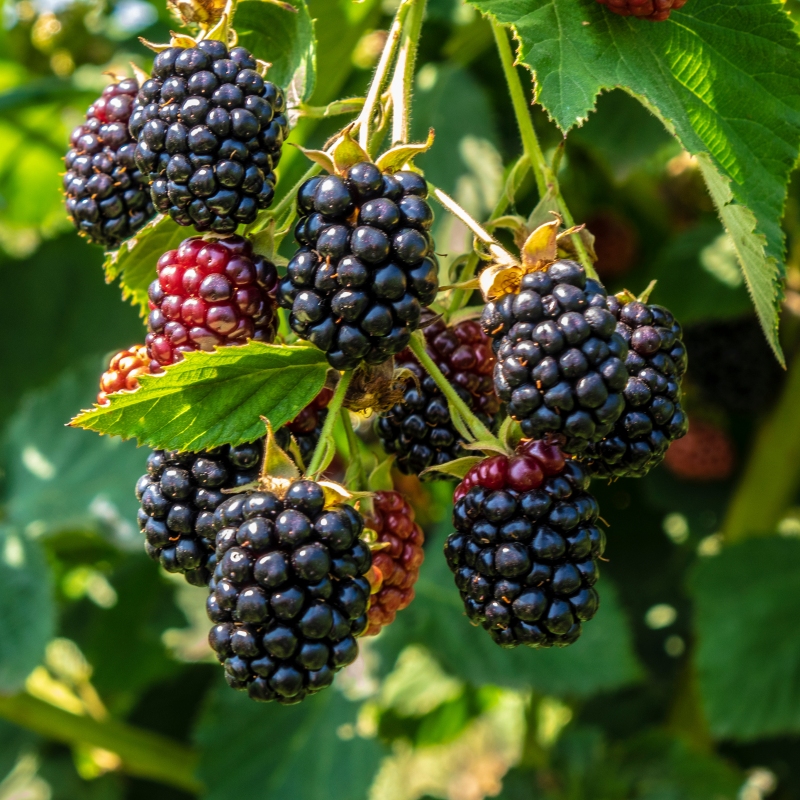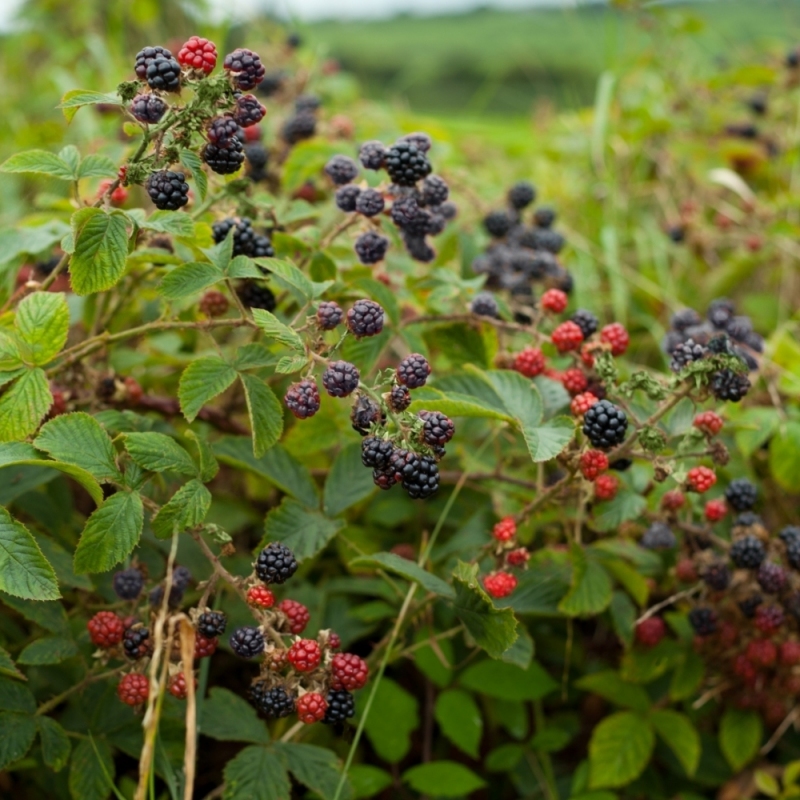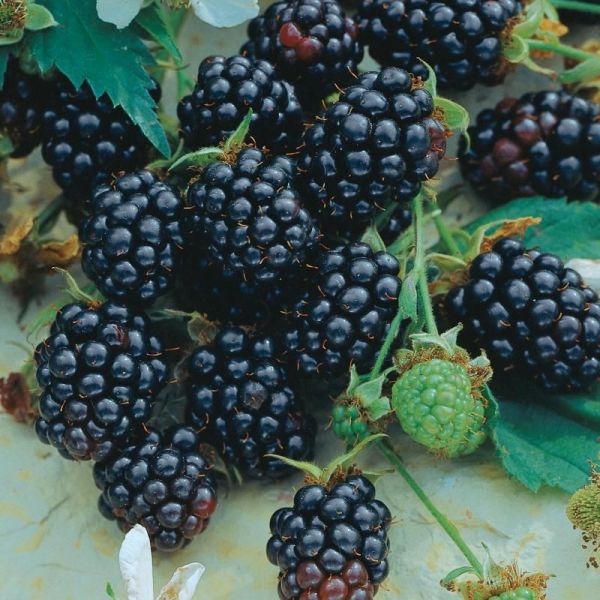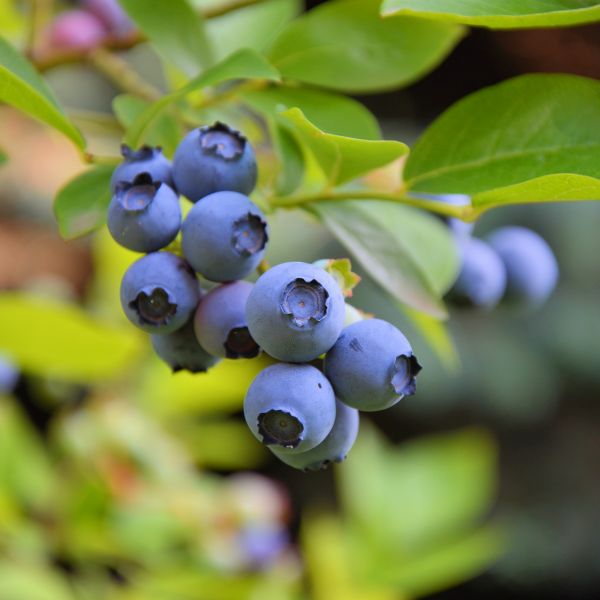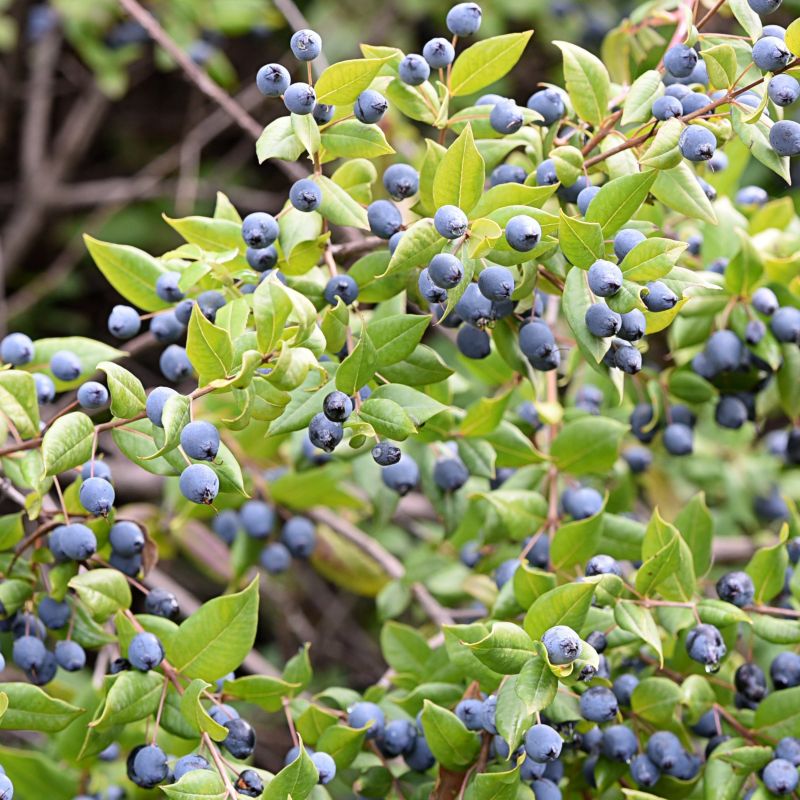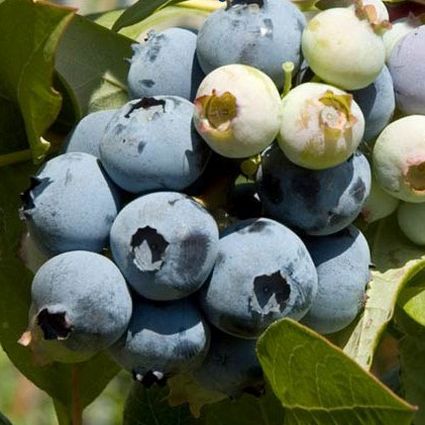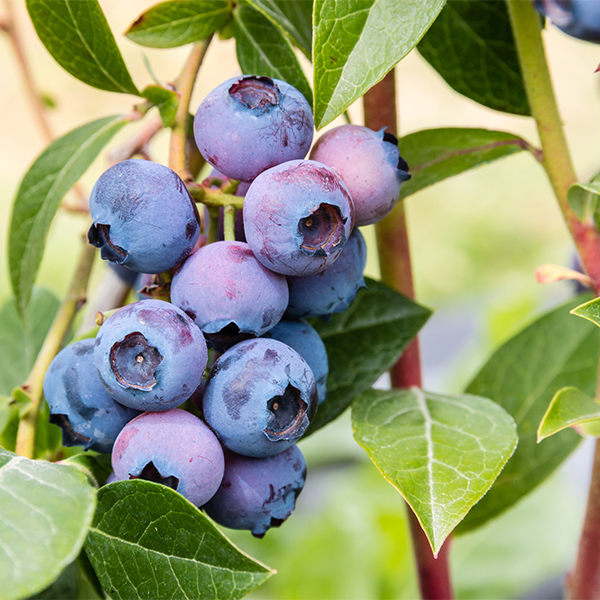
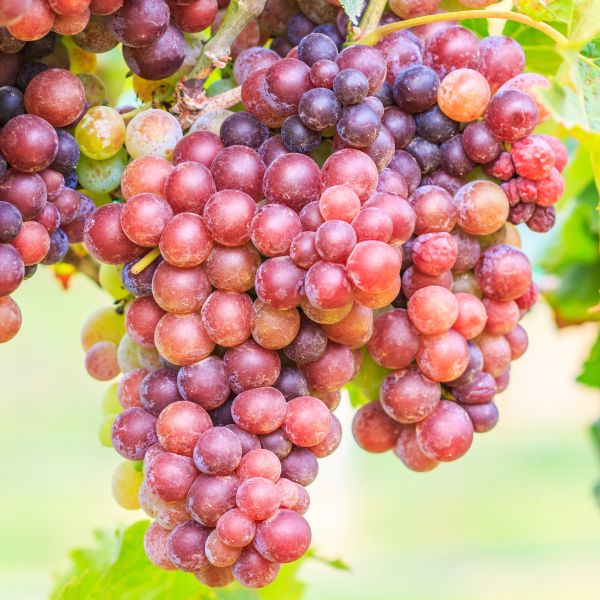

Canadice Grape
Vitis 'Canadice'
7 reviews
Canadice Grape
Vitis 'Canadice'
7 reviews
- Perfect for snacking
- Rich in antioxidants
- Easy to grow and maintain
- Recommended by landscape designers for optimal fit in real yards
$34.00
$49.00
30% Off
- Ships to 43215 in 3 to 7 days
- Free Shipping Over $150
- Plant Arrival Guarantee
- In Stock
- Free Plant Consult
$200 - Landscape-Approved: Every Plant We Sell Comes With Design Expertise Behind It
Premium 1 Gallon
Not just beautiful - intentionally selected by ShrubHub's 3D landscape design team to fit real-world spaces and maximize yard potential.
Why Canadice Grape?
The Canadice Grape is a popular red seedless grape variety known for its sweet flavor and crisp texture. It is well-suited for fresh eating, juicing, or making into jams and jellies. This vine produces large clusters of medium-sized grapes that ripen in late summer to early fall. The Canadice Grape is disease resistant and is a great choice for home gardeners.
People who loved this plant also bought
Sunlight
Canadice Grapes require full sunlight to thrive, as they need at least 6 to 8 hours of direct sunlight per day. This will help the vines produce healthy growth, develop sweet fruit, and ensure a successful harvest. Insufficient sunlight can result in poor
Watering
Canadice Grapes require regular watering, especially during hot, dry periods. They prefer well-drained soil and benefit from deep watering to encourage root growth. Watering should be consistent to keep the soil moist but not waterlogged, particularly duri
Fertilizing
Canadice grapes require a balanced fertilizer with an N-P-K ratio of 10-10-10. The soil should have a pH level between 6.0-6.5. Fertilizer should be applied in early spring before the vines begin to grow, and additional applications may be needed throughou
Canadice Grape (Vitis 'Canadice')
The Canadice Grape is a popular seedless red grape variety that is great for eating fresh or using in jams and jellies. It produces large clusters of sweet, juicy grapes that have a crisp texture and a mild flavor. The grapes ripen in late August to early September and are known for their excellent storage qualities.
Features:
- Seedless red grape variety
- Sweet, juicy grapes with a crisp texture
- Great for fresh eating or making jams and jellies
- Ripens in late August to early September
- Excellent storage qualities
Care Instructions:
Canadice Grapes prefer full sun and well-drained soil. They should be planted in a location that provides good air circulation to prevent diseases. Pruning should be done in late winter or early spring to control growth and encourage fruit production. Regular watering is important, especially during hot, dry periods.
Additional Information:
The Canadice Grape is a self-pollinating variety, but planting multiple vines can increase fruit production. It is a cold hardy grape that can withstand temperatures down to -15°F. Canadice Grapes are also resistant to powdery mildew and some other diseases, making them a low-maintenance choice for home gardeners.
Plant Information:
| Botanical Name: | Vitis 'Canadice' |
| USDA Zones: | 3 - 8 |
| Water: | Medium |
| Exposure: | Full Sun |
| Soil Needs: | Well Drained |
| Mature Height: | 12 - 18 feet |
| Mature Spread: | 10 - 12 feet |
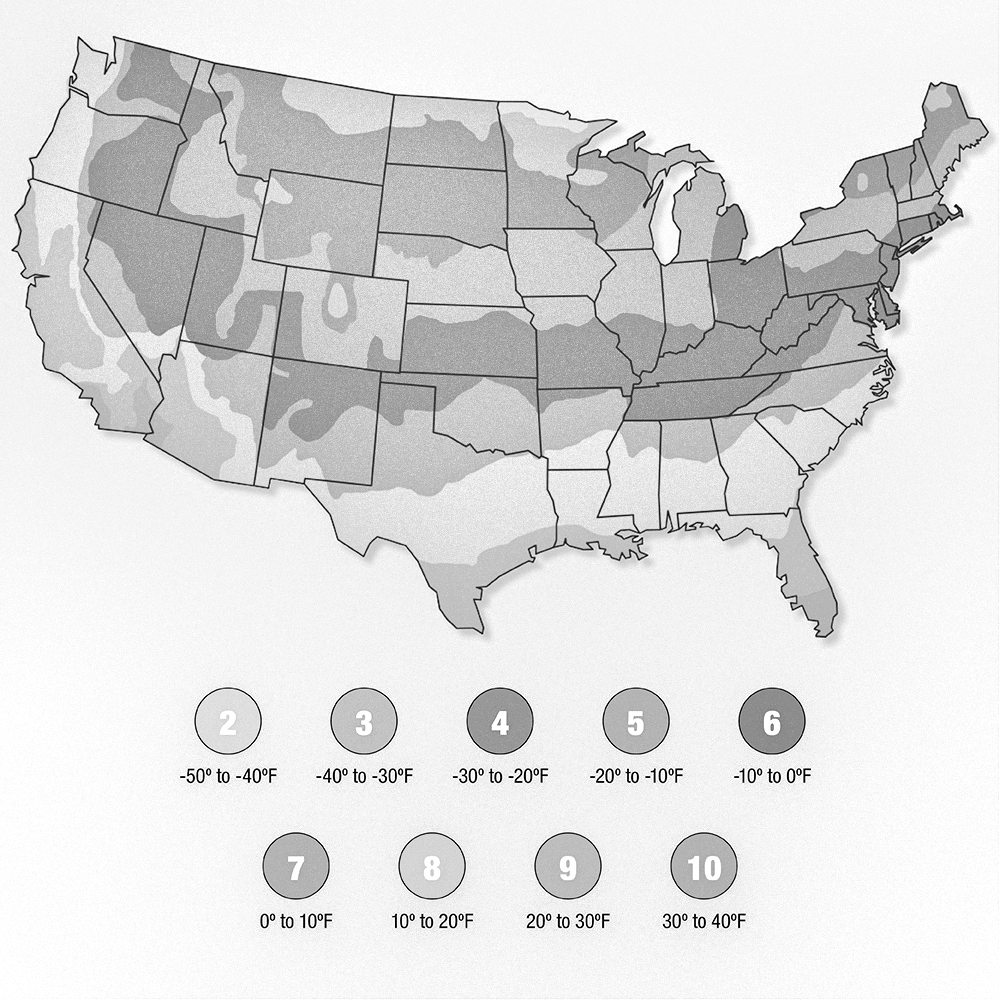



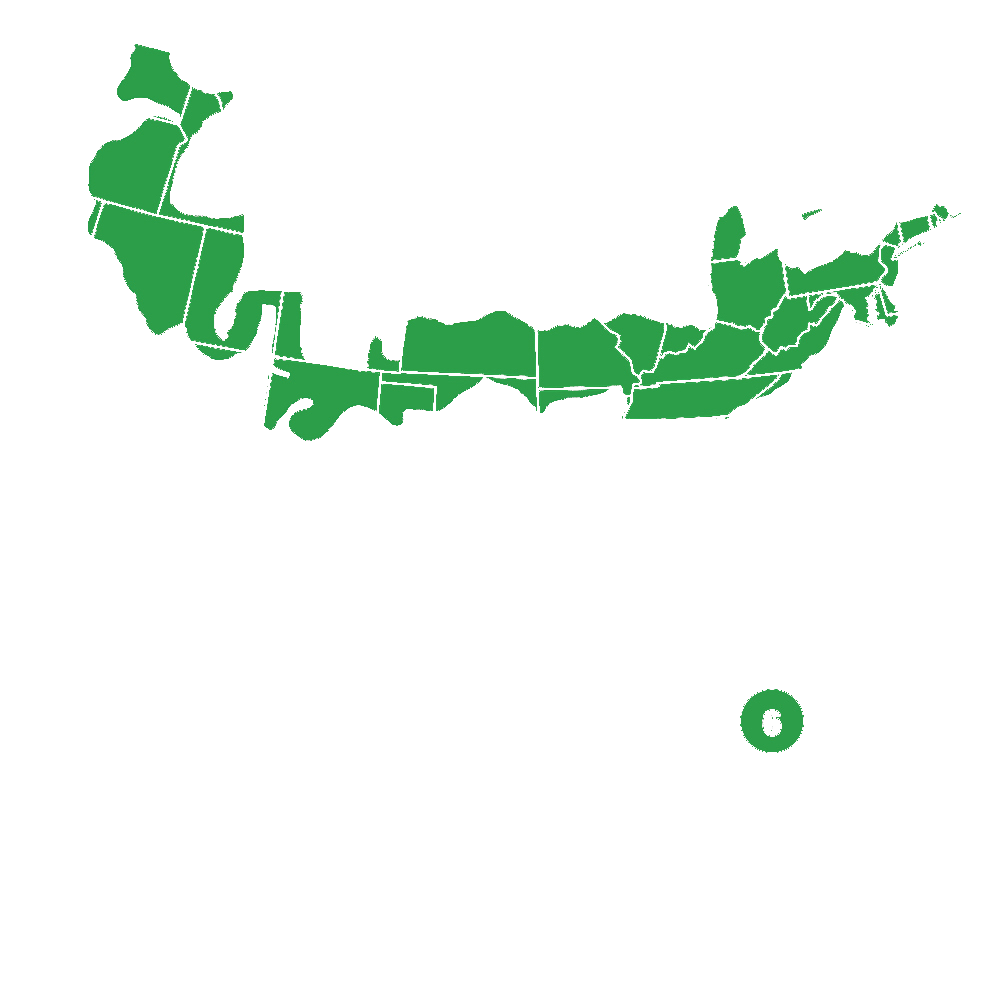

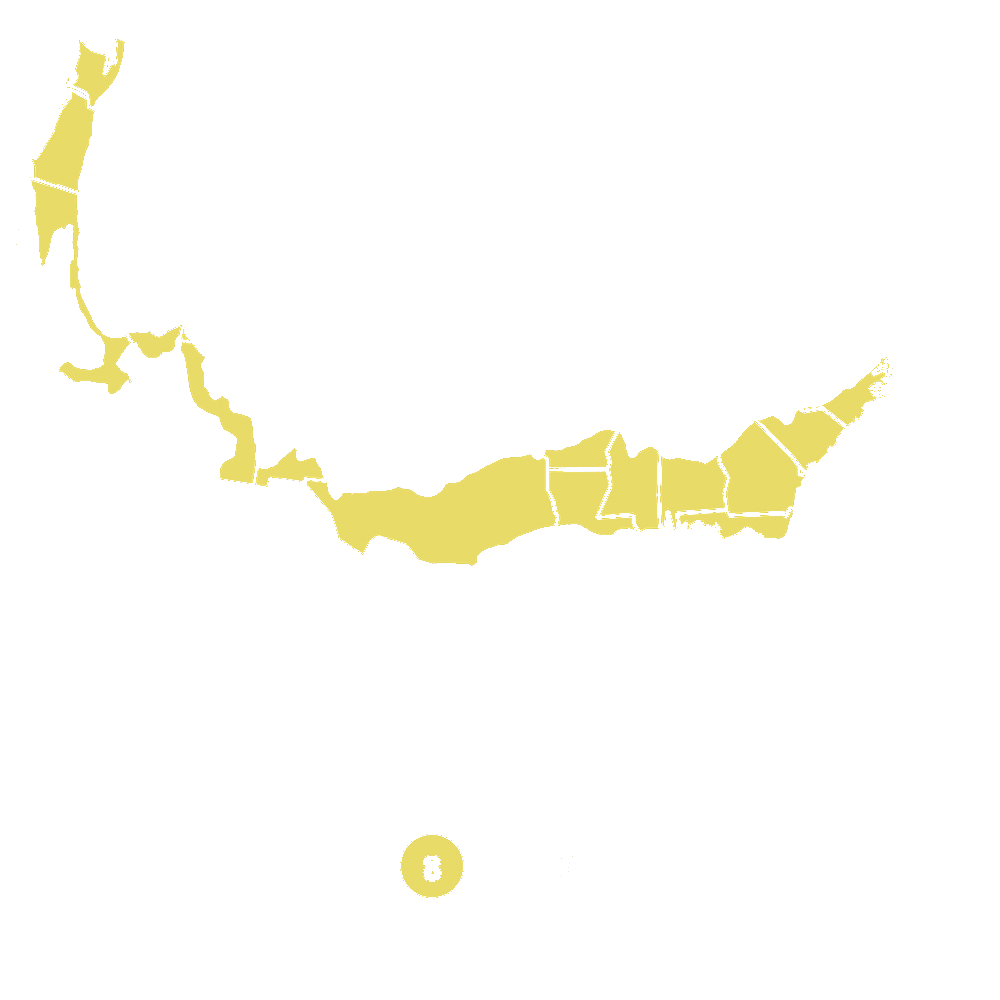
Pollination Info
Canadice Grape (Vitis 'Canadice') Pollination Info
The Canadice Grape is a self-pollinating variety, meaning it does not require another grapevine for pollination. However, planting multiple vines can increase fruit production and improve overall grape quality.
Pollination Process
Although the Canadice Grape is self-pollinating, pollination is still necessary for fruit development. Pollination occurs when pollen from the anthers of the flower is transferred to the stigma of the same flower or another flower on the same vine. This can be done by wind, insects, or manual pollination.
Pollinators
While the Canadice Grape is self-pollinating, it can still benefit from the presence of pollinators such as bees, wasps, and butterflies. These insects can help to increase fruit set and improve grape quality by facilitating the transfer of pollen between flowers.
Planting Tips
- Plant multiple grapevines within close proximity to each other to encourage cross-pollination and increase fruit production.
- Provide a sunny location with well-drained soil for optimal grape growth and development.
- Avoid using pesticides that may harm pollinators or disrupt the natural pollination process.
FAQ
Frequently Asked Questions about Canadice Grape (Vitis 'Canadice')
Q: What is Canadice Grape?
A: Canadice Grape, scientifically known as Vitis 'Canadice', is a popular seedless red table grape variety that is well-suited for growing in temperate climates.
Q: How do I plant Canadice Grape vines?
A: Canadice Grape vines should be planted in well-drained soil with full sun exposure. The vines should be spaced approximately 6-10 feet apart and supported with trellises or arbors.
Q: When is the best time to plant Canadice Grape?
A: The best time to plant Canadice Grape vines is in the spring, after the threat of frost has passed. This allows the vines to establish themselves before the growing season.
Q: How do I care for Canadice Grape vines?
A: Canadice Grape vines require regular watering, especially during dry periods. It is also important to fertilize the vines annually and prune them in the late winter or early spring to promote growth and fruit production.
Q: When is the harvest season for Canadice Grape?
A: Canadice Grape vines typically produce fruit in late summer to early fall, depending on the specific climate and growing conditions.
Q: Can Canadice Grape be grown in containers?
A: Yes, Canadice Grape vines can be grown in containers, but it is important to ensure that the containers are large enough to accommodate the roots and provide proper drainage.
Q: Are Canadice Grapes resistant to diseases?
A: Canadice Grapes have good resistance to common grape diseases, but it is still important to monitor the vines for any signs of disease and treat as necessary.
Planting & Care
Planting and Care for Canadice Grape (Vitis 'Canadice')
Planting: Canadice grapes should be planted in well-drained soil that receives full sun. Dig a hole that is twice as wide and deep as the plant's root ball. Place the plant in the hole and fill it with soil, pressing down firmly to eliminate air pockets. Water thoroughly after planting.
Watering: Canadice grapes require regular watering, especially during dry periods. Water deeply once a week, allowing the soil to dry out slightly between waterings. Avoid overwatering as this can lead to root rot.
Fertilizing: Fertilize Canadice grapes in the spring with a balanced fertilizer, following the instructions on the package. Avoid over-fertilizing as this can lead to excessive foliage growth at the expense of fruit production.
Pruning: Prune Canadice grapes in late winter or early spring before new growth appears. Remove any dead or damaged branches, as well as any suckers that emerge from the base of the plant. Prune to maintain an open canopy that allows for good air circulation.
Harvesting: Canadice grapes are ready for harvest in late summer to early fall. Grapes should be firm and plump with a rich color. Cut the clusters from the vine using pruning shears, being careful not to damage the remaining fruiting wood.
Pests and Diseases: Canadice grapes are susceptible to pests such as aphids, spider mites, and grape leafhoppers. Monitor your plants regularly and treat infestations promptly to prevent damage. Common diseases that affect grapes include powdery mildew and downy mildew. Proper air circulation and regular pruning can help prevent these diseases.
Check Out These Verified Customer Reviews:
Customer Reviews
4.6 out of 5 based on 7 reviews
Thank you! Your review has been submitted.
Gorgeous Canadice grapes
I was pleasantly surprised by the quality of Canadice Grapes I ordered. They were sweet and juicy, and the website had a wide selection of fresh produce. Shipment was prompt and customer service was helpful.
The Canadice Grapes I received were fresh, plump, and delicious! The packaging was secure, and the grapes arrived in perfect condition. Website was easy to navigate, and shipment was fast.
Item has been added to your cart.

